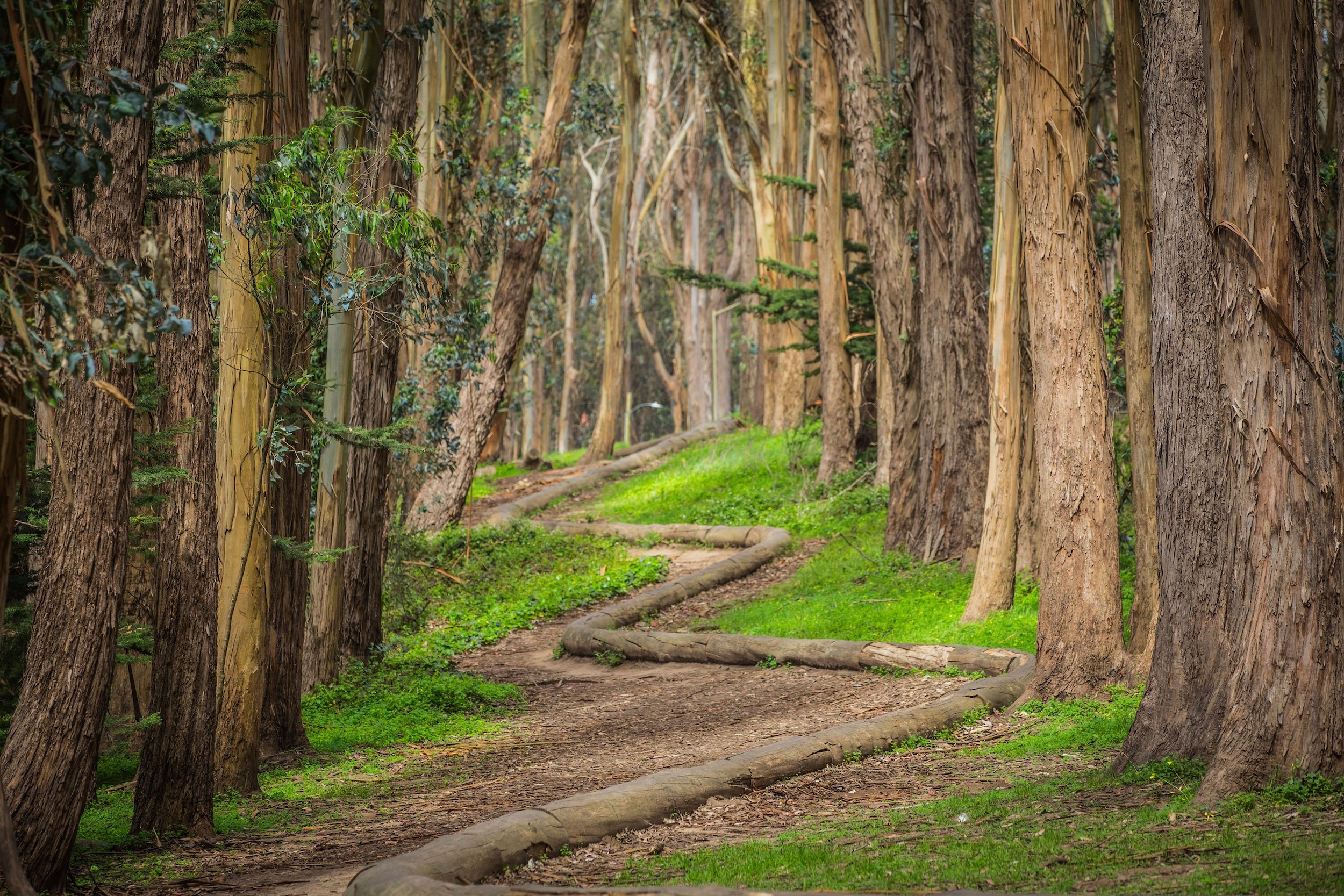Athletes & Artists
Both sport and art connect the inner and outer worlds and can be vehicles through which we engage in wellness. Sometimes, however, when their pitfalls overtake their possibilities, they can move us away from well-being.
In addition to being a Therapist for Athletes, I am also a former Division 1 Collegiate Athlete and a mother of two in club sports. I have seen first-hand how sport can both enhance and damage well-being. And, even when currently done at its best, I envision sport being done even better yet.
Having been a Therapist to many Artists, I’ve seen how art can be an inroad to one’s vast internal emotional landscape. I’ve also seen how untethered that can feel when unbound. We can pull attributes from both the Athlete and the Artist and, when coupled, create a more complete experience of well-being.
From an athlete, we borrow ways of relating to the body, community and to the Self. From an artist, we open ourselves to sensitivity, complexity and looking at ourselves and our world creatively.
The Athlete's Journey to Well-being through strength, resilience and community
The Athlete learns to trust in their body, to be strong in it and claim its place, not only on the field, but then also in life. The athlete learns to tolerate discomfort rather than run from it. Also, the body is made to be in motion. Motion allows the discharge of psychic energy and a resetting of neural circuitry, positioning us for well-being. Connection with and care for one’s body is at the core of well-being.
The Athlete learns the importance of relationships. Team, Coach-player, Player-Family/Fans are three types of relationship in sport that, when navigated well, provide connection and community. Connecting and relating well with others is also at the core of well-being, and we can learn how to do it in sport (when done well).
The Athlete learns how to relate to the Self. They learn how to hold the Self in high regard during times of pressure and defeat. Rather than collapsing, they learn to be calm, persistent and courageous. They learn to have clarity in focus, pushing away negative self-talk or rowdy fans, and showing up when tired. These attributes collectively build a fortitude of Self that is called up on in trying times and allows one to rediscover well-being after major setbacks or struggles.
The Artist's Path of Self-Discovery through embracing emotions and expanding horizons
The Artist learns how to connect deeply with the emotional world. Art can be a passage into a vibrant emotional experience. Rather than being restrictive, it is expansive and gives us a fuller range of the human experience.
The Artist learns to have both an inner and outer gaze. They astutely perceive stimuli in their social milieu, reconstruct it in their art and share that with others. The artistic insight illuminates the interconnection of the inner and outer world and can be used in Therapy, especially as it is continually rewritten for the benefit of one’s well-being. And, creativity is essential to being able to redefine oneself and adapt to life’s challenges.
Unlocking Potential
Bridging the Worlds of Athletes and Artists in Therapy
In therapy, I’m often encouraging Athletes and Artists to draw on these attributes. I also sometimes encourage each to learn the trade of the other. Sometimes Athletes, for example, especially us older ones, need to learn to be a bit gentler on the body and move away from the rigidity engrained in us from grueling training schedules and pushing away pain. Sometimes Artists, for example, can benefit from not leaning too deeply into emotion, but rather containing it or staying connected to a fortified Self while observing the emotions coming and going.
I welcome Athletes and Artists, professional or recreational, into my private practice.
Please call or email me to schedule a session.

